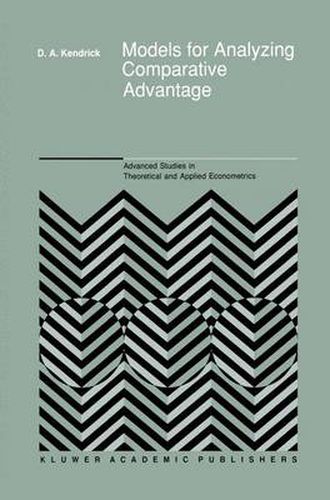Readings Newsletter
Become a Readings Member to make your shopping experience even easier.
Sign in or sign up for free!
You’re not far away from qualifying for FREE standard shipping within Australia
You’ve qualified for FREE standard shipping within Australia
The cart is loading…






This title is printed to order. This book may have been self-published. If so, we cannot guarantee the quality of the content. In the main most books will have gone through the editing process however some may not. We therefore suggest that you be aware of this before ordering this book. If in doubt check either the author or publisher’s details as we are unable to accept any returns unless they are faulty. Please contact us if you have any questions.
Recent economic history suggests that a key element in economic growth and development for many countries has been an aggressive export policy and a complementary import policy. Such policies can be very effective provided that resources are used wisely to encourage exports from industries that can be com petitive in the international arena. Also, import protection must be used carefully so that it encourages infant industries instead of providing rents to industries that are not competitive. Policy makers may use a variety of methods of analysis in planning trade policy. As computing power has grown in recent years increasing attention has been give to economic models as one of the most powerful aids to policy making. These models can be used on the one hand to help in selecting export industries to encourage and infant industries to protect and on the other hand to chart the larger effects ofttade policy on the entire economy. While many models have been developed in recent years there has not been any analysis of the strengths and weaknesses of the various types of models. Therefore, this monograph provides a review and analysis of the models which can be used to analyze dynamic comparative advantage.
$9.00 standard shipping within Australia
FREE standard shipping within Australia for orders over $100.00
Express & International shipping calculated at checkout
This title is printed to order. This book may have been self-published. If so, we cannot guarantee the quality of the content. In the main most books will have gone through the editing process however some may not. We therefore suggest that you be aware of this before ordering this book. If in doubt check either the author or publisher’s details as we are unable to accept any returns unless they are faulty. Please contact us if you have any questions.
Recent economic history suggests that a key element in economic growth and development for many countries has been an aggressive export policy and a complementary import policy. Such policies can be very effective provided that resources are used wisely to encourage exports from industries that can be com petitive in the international arena. Also, import protection must be used carefully so that it encourages infant industries instead of providing rents to industries that are not competitive. Policy makers may use a variety of methods of analysis in planning trade policy. As computing power has grown in recent years increasing attention has been give to economic models as one of the most powerful aids to policy making. These models can be used on the one hand to help in selecting export industries to encourage and infant industries to protect and on the other hand to chart the larger effects ofttade policy on the entire economy. While many models have been developed in recent years there has not been any analysis of the strengths and weaknesses of the various types of models. Therefore, this monograph provides a review and analysis of the models which can be used to analyze dynamic comparative advantage.